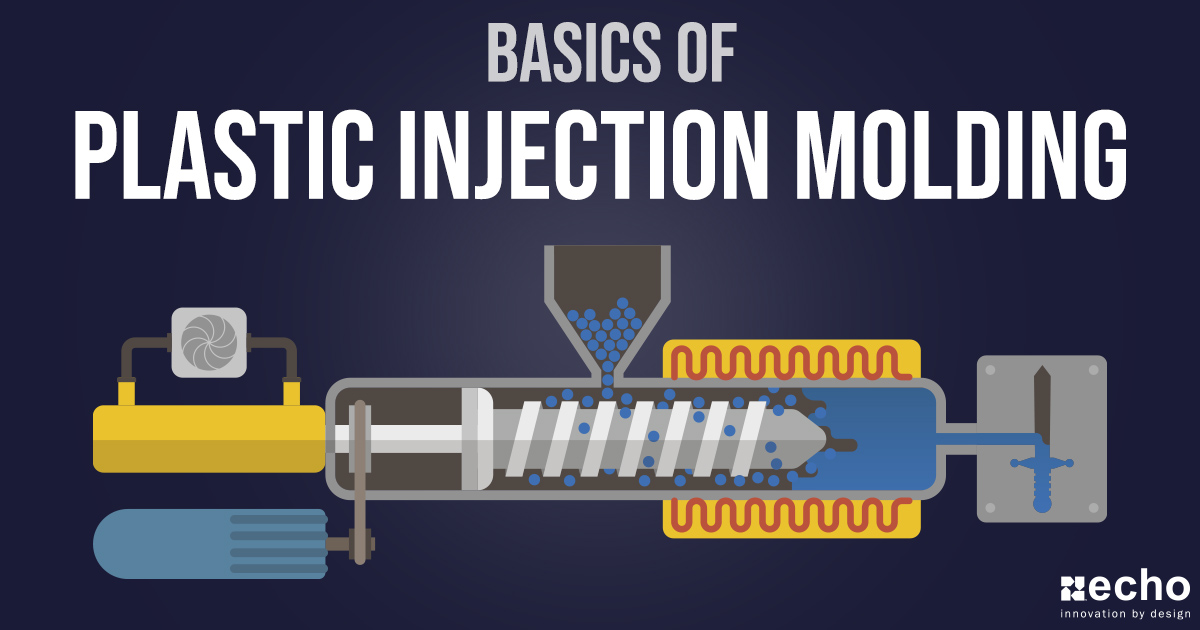The 7-Minute Rule for Die Castings
Wiki Article
Plastic Manufacturing - Questions
Table of ContentsThe Only Guide to Manufacturing IndustriesDie Casting for DummiesOem Things To Know Before You BuyFacts About Manufacturing Industries UncoveredGet This Report about Manufacturing IndustriesThe Ultimate Guide To Hon Hai Precision
The message on this page is a sample from our complete White Paper 'Shot Moulding for Customers' - * Example text * - for full guide click the download switch above! Introduction This overview is meant for people who are aiming to source plastic mouldings. It provides a much needed insight into all that is entailed with developing plastic parts, from the mould tool called for to the moulding procedure itself.If you intend to check out additionally, the overview covers types of mould tools, as well as special completing processes such as colours & plating. Words that are highlighted can be located in the reference in the appendix ... Component I: Moulding: The Essentials The Benefits of Injection Moulding Plastic shot moulding is a very specific procedure that uses a number of advantages over other plastic processing techniques.
Precision is excellent for very elaborate components. Compared to various other methods, moulding permits you to incorporate even more functions at extremely small tolerances. Have an appearance at the image to the right. oem. You can hold this moulding in the hand of your hand and it has bosses, ribs, steel inserts, side cores as well as openings, made with a gliding closed off attribute in the mould device.
10 Simple Techniques For Additive Manufacturing


from material feed & melting; material injectionProduct cooling time cooling down ejection to the re-closing of the mould tool ready device all set next cycleFollowing Draft angles - The wall surfaces of a moulded part should be a little tapered in the instructions in which the component is ejected from the mould device, to enable the component to be expelled quickly.
Ejector stroke - The pushing out of ejector pins to expel the moulded part from the mould tool. Ejector stroke rate, length as well as timing requires to be thoroughly regulated to avoid damage to the ejectors as well as mould tool, but at the same time make the moulding cycle as brief as possible.

7 Easy Facts About Lean Production Shown
Ribs - When a plastic part has thin wall surfaces, ribs are included to the layout to make the slim walls stronger Side cores - Side activity which creates a function on a moulded component, at an opposing angle to the regular opening instructions of the mould tool. oem. The side why not try these out core needs to be able to retract as the plastic component can not be ejected otherwise.
Wall surfaces - The sides of a moulded part The text on this web page is a sample from our full White Paper 'Injection Moulding for Purchasers'.
Injection moulding is widely utilized for producing a variety of parts, from the smallest elements to whole body panels of automobiles. Injection moulding uses a special-purpose machine that has 3 parts: the injection unit, the mould and the clamp.
The Definitive Guide for Hon Hai Precision
, with the quantity utilized of the previous being considerably higher.: 13 Thermoplastics are prevalent due to attributes that make them extremely ideal for injection moulding, such as convenience of recycling, convenience for a vast selection of applications,: 89 and also ability to soften and stream on home heating.In numerous dental caries moulds, each tooth cavity can be identical and form the exact same parts or can be one-of-a-kind as well as form multiple various geometries during a single cycle. Moulds are usually made from device steels, however stainless-steels as well as aluminium moulds appropriate for specific applications. Aluminium moulds are image source commonly ill-suited for high quantity production or get rid of slim dimensional tolerances, as they have substandard mechanical properties and also are extra prone to use, damages, as well as contortion during the injection and also clamping cycles; however, aluminium moulds are cost-efficient in low-volume applications, as mould construction costs as well as time are substantially reduced.
When sufficient material has actually collected, the material is required at high pressure and rate right into the component creating cavity. The precise amount of contraction is a feature of the material being made use of, and can be relatively foreseeable. To stop spikes in pressure, the procedure usually uses a transfer position matching to a 9598% complete tooth cavity where the screw changes from a constant rate to a continuous stress control.
The Facts About Oem Uncovered
The packing stress is applied till the gate (cavity entryway) solidifies. Due to its small dimension, the entrance is typically the very first click here to read area to solidify via its whole thickness.: 16 Once the gateway strengthens, no more product can go into the tooth cavity; as necessary, the screw reciprocates as well as obtains product for the next cycle while the product within the mould cools down so that it can be ejected and be dimensionally secure.Report this wiki page